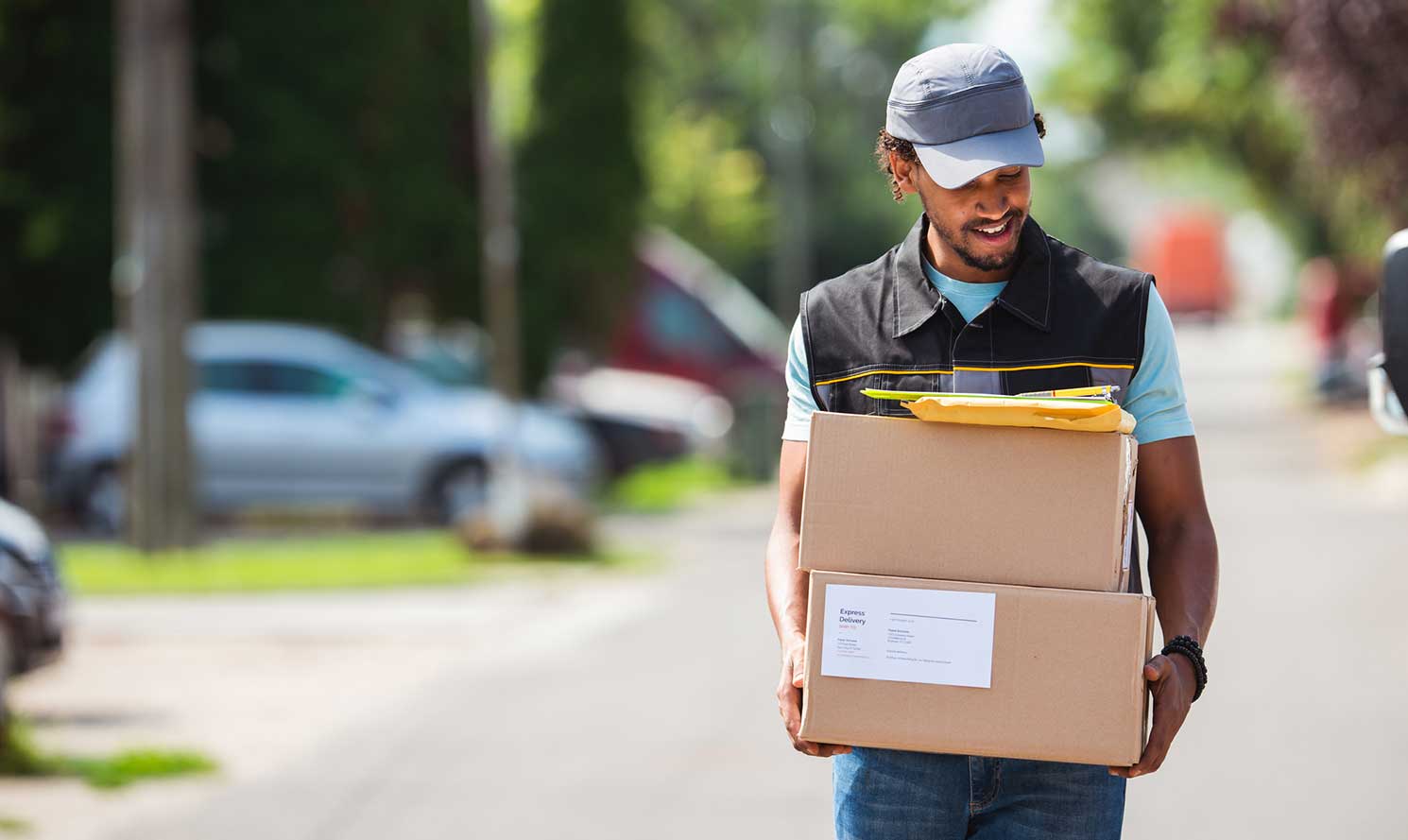In today’s fast-paced world, customers don’t want to wait days to receive their online orders. They expect quick, reliable, and on-time delivery, often by the very next day. This growing demand has made Next Day Delivery one of the most popular logistics services in India. Platforms like Shipdaak make this possible by helping businesses connect with multiple courier partners and manage deliveries smoothly across cities and states. But how exactly does next day delivery work behind the scenes? Let’s find out.
1. What is Next Day Delivery?
Next day delivery means your package is delivered within 24 hours after it’s shipped. For example, if a customer places an order on Monday morning, the parcel should reach them by Tuesday. This service is designed for speed and efficiency, helping both online businesses and customers save time.
Many eCommerce companies, retail brands, and even small sellers now use next day delivery to stay competitive. It gives them an edge in customer satisfaction because shoppers love fast service.
2. The Journey of a Next Day Parcel
Every next day delivery follows a well-planned process. Here’s a simple breakdown:
Step 1: Order Confirmation
As soon as the order is placed, it’s confirmed and sent to the seller’s system. The courier partner also receives shipment details like pickup address, delivery location, and package weight.
Step 2: Pickup from Seller
A delivery executive from the courier company arrives to pick up the parcel from the seller or warehouse, usually within a few hours. For next day service, pickup timing is crucial. Late pickups can delay the entire process, so businesses prepare shipments quickly.
Step 3: Sorting at Local Hub
Once picked up, the parcel is taken to a local distribution center or hub. There, it’s scanned, labeled, and sorted based on its destination.
Step 4: Transfer to Destination City
The parcel is then moved overnight – by road, air, or both to the nearest hub in the destination city. This is the stage where most of the traveling happens. The faster the logistics network, the smoother this step goes.
Step 5: Out for Delivery
When the package reaches the final hub, it’s assigned to a local delivery agent. The agent scans the parcel and marks it as “Out for Delivery.” The customer often gets a text or email update with tracking information and estimated delivery time.
Step 6: Successful Delivery
Finally, the delivery agent hands over the parcel to the customer, usually within the promised 24-hour window. The delivery is marked as complete, and digital proof (like a signature or photo) is recorded.
3. What Makes Next Day Delivery Possible
Delivering a package in just 24 hours is no small task, it requires technology, coordination, and strong logistics networks. Here’s what makes it possible:
- Tech-Enabled Tracking: Real-time tracking ensures both seller and customer can see where the parcel is at any moment.
- Multiple Courier Tie-ups: Aggregators connect with several courier companies to ensure faster routes and better coverage.
- Smart Routing: AI and data analytics help choose the quickest delivery path for each parcel.
- Dedicated Air & Road Routes: For longer distances, logistics firms use night flights or express road transport.
- Efficient Team Coordination: Pickups, sorting, transfers, and final deliveries all happen in sync, like clockwork.
4. Why Businesses Love Next Day Delivery
Offering next day delivery doesn’t just make customers happy, it boosts business growth too. Quick shipping increases buyer confidence, reduces cart abandonment, and builds brand loyalty. Many customers even choose one seller over another just because of faster delivery promises.
For businesses, next day delivery helps reduce warehouse load and improves cash flow since orders move out faster.
5. Challenges in Next Day Delivery and How Companies Overcome Them
While next day delivery offers great benefits, it also comes with its own set of challenges. One of the biggest issues is distance and connectivity. Delivering quickly to metro cities is easy, but reaching smaller towns and remote areas within 24 hours can be tough. Logistics providers tackle this by building regional hubs and partnering with local courier networks to speed up transfers.
Another challenge is order surge during festive seasons or sales. Thousands of parcels move across cities daily, putting pressure on delivery teams. To handle this, companies use automated sorting systems, extra delivery staff, and smart routing to maintain speed even during peak times.
Weather and traffic can also cause unexpected delays. That’s why many logistics companies invest in real-time route tracking and flexible rerouting tools. It allows them to adapt quickly if one route faces a disruption.
Lastly, managing returns and failed deliveries is an important part of the process. Efficient next day delivery systems ensure quick return pickups and updates, keeping both sellers and buyers informed. These small yet powerful improvements make the whole delivery chain more reliable and customer-friendly.
Conclusion
Next day delivery might look simple from the outside, but behind every fast shipment lies a strong network, smart technology, and dedicated logistics teams. Thanks to reliable platforms like Shipdaak, businesses can now access Next Day Delivery services easily across India. Whether you’re a small online store or a growing eCommerce brand, quick delivery isn’t just a bonus anymore, its what customers expect. With Shipdaak’s smart logistics solutions, you can meet those expectations and deliver smiles, one parcel at a time.
For more articles like these, visit – https://jordansheel.in/


